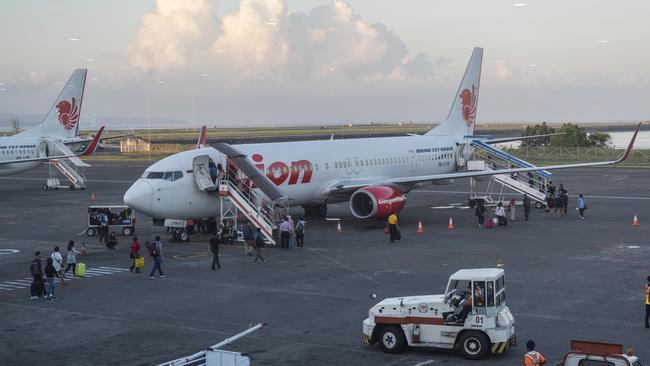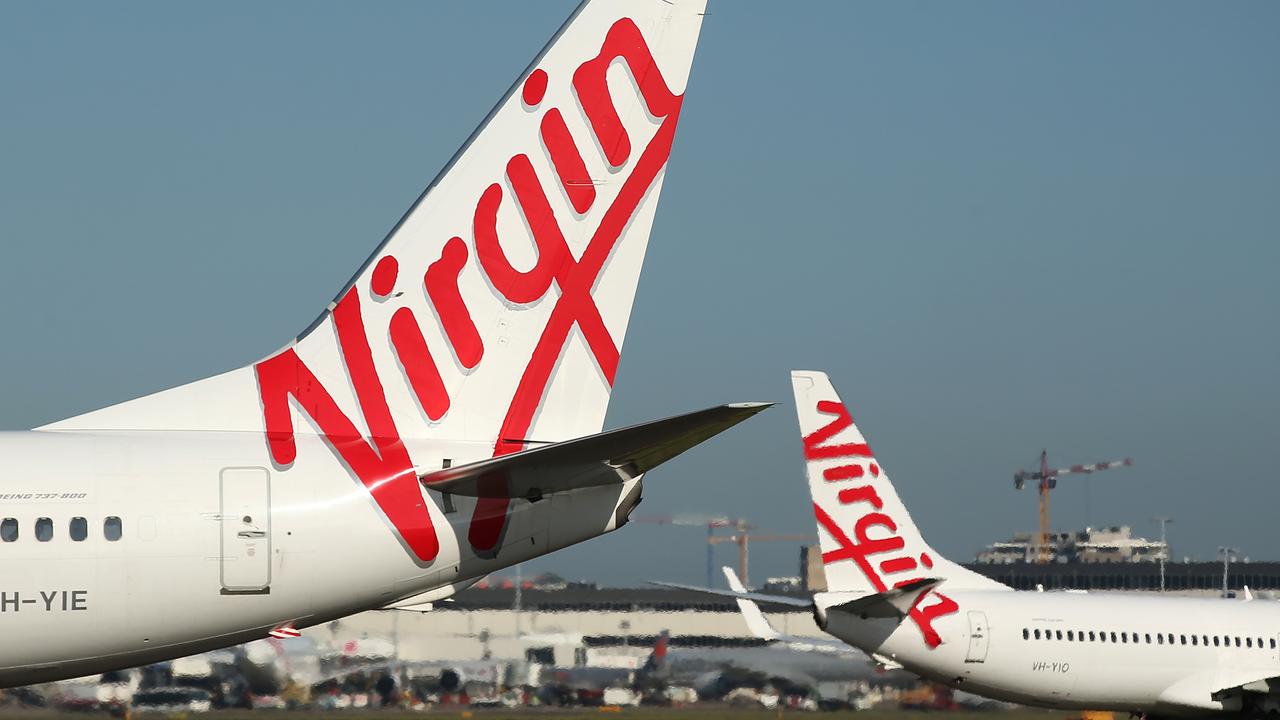Urgent warning issued over ‘airworthiness’ of Boeing aircraft
An “urgent airworthiness directive” has been given to operators of Boeing 737-8 and 737-9 following the Lion Air crash.

All operators of Boeing 737-8 and 737-9 aircraft have been instructed to revise procedures for problems with a sensor that transmits information on the angle of the plane.
The Civil Aviation Safety Authority has passed on the “urgent airworthiness directive” made by the Federal Aviation Administration in the US, following the Lion Air crash.
The directive, which is legally binding on operators of Boeing 737-8 and 737-9 series aircraft, was prompted by Boeing analysis showing that flawed information transmitted by the angle of attack sensor could lead to repeated nose-down trim commands.
“This condition, if not addressed, could cause the flight crew to have difficulty controlling the airplane, and lead to excessive nose-down attitude, significant altitude loss and possible impact with terrain,” said the FAA directive.
The FAA said the unsafe condition was likely to exist or develop in other products of the same type design.
“Due to the need to correct an urgent safety of flight situation, good cause exists to make this airworthiness directive effective in less than 30 days.”
In response, airlines would need to revise operating procedures in the flight manual, to provide the flight crew with steps to follow under certain conditions.
The directive indicated that “further rule making” may be needed.
Lion Air flight JT610 had experienced a number of problems with altitude and airspeed on three previous flights leading up to the October 29 incident off Indonesia, that cost 189 people their lives.
Shortly after the crash, Lion Air suspended its technical director and a number of technicians.
An investigation into the disaster is continuing by the Indonesian National Transportation Safety Board.



